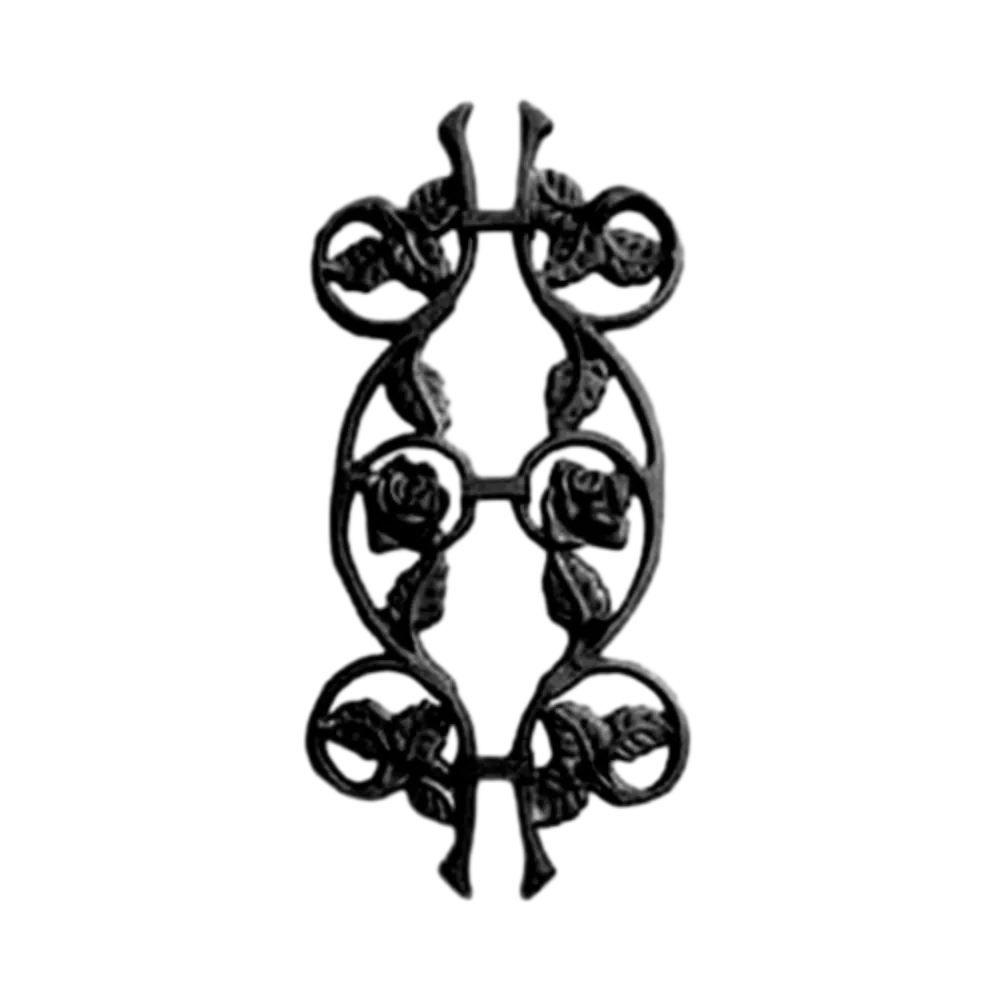Understanding the Definition and Uses of Wrought Iron in Modern Applications
Understanding Wrought Iron Meaning, Characteristics, and Applications
Wrought iron, a fascinating and historically significant material, has played an essential role in construction and craftsmanship for centuries. Understanding its meaning, properties, and applications provides insight into why this material has remained relevant and valued in various industries.
Meaning of Wrought Iron
The term wrought iron refers to a type of iron alloy that is malleable and ductile, characterized by its fibrous structure which is formed during the manufacturing process. The word wrought is derived from the Old English term wrecan, meaning to work. Thus, wrought iron is essentially worked iron, and it is produced by heating iron and then hammering or rolling it into shape. This process not only shapes the metal but also refines it, removing impurities and creating a material with superior mechanical properties.
Unlike cast iron, which is poured into molds and solidifies without any further manipulation, wrought iron is manually worked, which allows it to retain a small amount of slag (iron silicate).
Characteristics of Wrought Iron
Wrought iron possesses a range of unique characteristics that set it apart from other forms of iron and steel
1. Malleability and Ductility Wrought iron can be easily shaped and forged. It can be bent, twisted, or stretched without breaking, making it ideal for intricate designs and artistic applications.
2. Corrosion Resistance Due to its low carbon content, wrought iron is more resistant to corrosion than cast iron. This quality makes it suitable for outdoor applications such as gates, railings, and outdoor furniture.
wrought iron meaning

3. Strength Wrought iron boasts high tensile strength, which allows it to bear significant loads without deformation. This property is particularly important in structural applications.
4. Aesthetic Appeal The unique texture and finish of wrought iron give it a distinctive look. Artisans can create beautiful decorative elements that enhance a building’s architectural style, contributing to both functionality and aesthetics.
Applications of Wrought Iron
Wrought iron has a wide range of applications that reflect its versatility
1. Architecture and Construction Historically, wrought iron has been used to construct buildings, bridges, and towers due to its strength and appeal. Many iconic structures, such as the Eiffel Tower in Paris, incorporate wrought iron elements.
2. Furniture Design Wrought iron is often used in the production of furniture, particularly in rustic or vintage styles. Its malleability allows for creative designs that can be both functional and ornamental.
3. Artisan Craftsmanship Blacksmiths often work with wrought iron to forge decorative items like gates, railings, and sculptures. The material’s ability to be shaped into detailed designs allows artisans to explore their creativity fully.
4. Home Decor Wrought iron is also popular in home decor, from candle holders and wall art to ornamental accessories, providing an elegant touch to interior spaces.
In conclusion, wrought iron is more than just a building material; it is a testament to the skill and artistry of those who work with it. Its combination of strength, malleability, and aesthetic appeal ensures that wrought iron continues to hold a significant place in both modern and traditional applications. Understanding the meaning and characteristics of wrought iron allows us to appreciate its role in our cultural and architectural heritage. Whether admired in an ornate gate or used in essential structural components, wrought iron remains a strong, beautiful, and timeless material.
-
Wrought Iron Components: Timeless Elegance and Structural StrengthNewsJul.28,2025
-
Window Hardware Essentials: Rollers, Handles, and Locking SolutionsNewsJul.28,2025
-
Small Agricultural Processing Machines: Corn Threshers, Cassava Chippers, Grain Peelers & Chaff CuttersNewsJul.28,2025
-
Sliding Rollers: Smooth, Silent, and Built to LastNewsJul.28,2025
-
Cast Iron Stoves: Timeless Heating with Modern EfficiencyNewsJul.28,2025
-
Cast Iron Pipe and Fitting: Durable, Fire-Resistant Solutions for Plumbing and DrainageNewsJul.28,2025
-
 Wrought Iron Components: Timeless Elegance and Structural StrengthJul-28-2025Wrought Iron Components: Timeless Elegance and Structural Strength
Wrought Iron Components: Timeless Elegance and Structural StrengthJul-28-2025Wrought Iron Components: Timeless Elegance and Structural Strength -
 Window Hardware Essentials: Rollers, Handles, and Locking SolutionsJul-28-2025Window Hardware Essentials: Rollers, Handles, and Locking Solutions
Window Hardware Essentials: Rollers, Handles, and Locking SolutionsJul-28-2025Window Hardware Essentials: Rollers, Handles, and Locking Solutions -
 Small Agricultural Processing Machines: Corn Threshers, Cassava Chippers, Grain Peelers & Chaff CuttersJul-28-2025Small Agricultural Processing Machines: Corn Threshers, Cassava Chippers, Grain Peelers & Chaff Cutters
Small Agricultural Processing Machines: Corn Threshers, Cassava Chippers, Grain Peelers & Chaff CuttersJul-28-2025Small Agricultural Processing Machines: Corn Threshers, Cassava Chippers, Grain Peelers & Chaff Cutters












